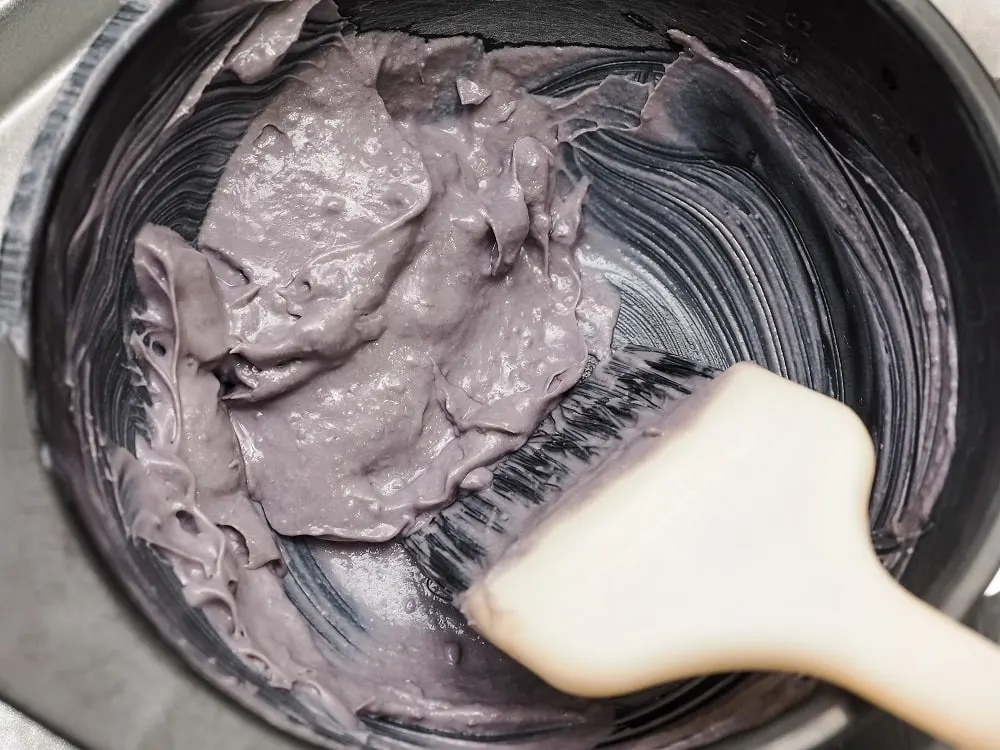Sometimes, box dye can miss a spot or not have the results we’d like. It’s natural to think about dyeing over it again the next day to quickly fix any issues.
And when you still have leftover dye, redoing it the very next day seems like an affordable and easy solution.
But can you actually safely dye your hair two days in a row with a box dye? And is it okay to reuse your box dye?
Is It Safe to Reapply Box Hair Dye the Next Day?
No, you shouldn’t box-dye your hair again the next day. Your hair needs a break in between applications to maintain its health.
Hair dye chemicals can damage your locks if not applied correctly. Your hair could become brittle and dry, or even break off.
How Soon Can I Box Dye My Hair Again?
Generally, it’s recommended to wait at least 4-6 weeks between boxed hair dye applications. However, if you need to correct a color mistake or adjust the shade slightly, it’s still advisable to wait at least 15-17 days.
In the meantime, you can use conditioning treatments to help restore moisture and strength to your hair.
This waiting period allows your hair to recover from the chemical process and reduces the risk of damage such as dryness, breakage, and split ends.
For a permanent box dye, it’s best to wait longer (at least 3 weeks) before making another application. That’s because they contain harsh chemicals such as PPD (p-Phenylenediamine), PTD (p-toluene diamine), phthalates, sodium lauryl sulfate, resorcinol, quaternion-15, and titanium dioxide.
Can You Re-Use Leftover Box Hair Dye Again After 1-Day?

You can reuse the unused and untouched leftover box hair dye again the next day. But you can not reuse the leftovers that are mixed with peroxide (developer).
The longer it’s left to sit, the more damage it could cause to your hair. After a day, the mixture is likely to have lost its potency, leading to poor color results or uneven coverage.
If you are using a permanent boxed hair dye, the mixed dye needs to be used within an hour. Because the chemicals in the dye can break down in ways that might be harmful to your hair, potentially causing damage or unexpected reaction
The chemical reaction in permanent dye starts as soon as the components are mixed. This reaction is crucial for the color to develop and adhere to the hair.
Semi-permanent dye doesn’t typically contain a developer and relies on depositing color onto the hair shaft. So it is possible to use the leftover dye mixture within 24 hours but it’s still not recommended as the quality and effectiveness of the dye can degrade.
Wrap Up
So, you shouldn’t reapply box hair dye for two days in a row. Your hair needs a break between applications to keep it healthy and strong.
The minimum waiting period between dyeing your hair should be more than 15 days. You can reuse the leftover box hair dye if it is not mixed with hydrogen peroxide and kept safely in an air-tight container.
